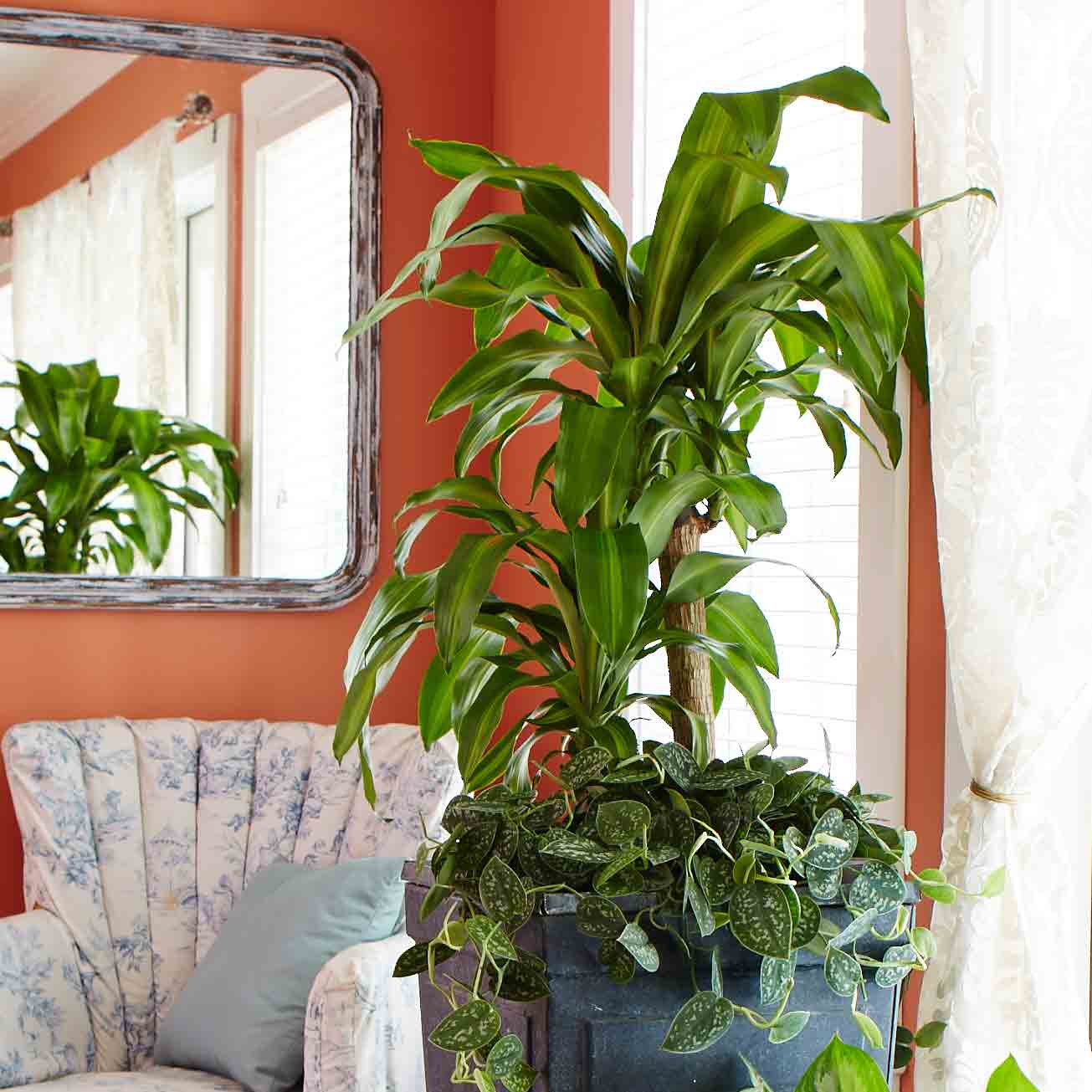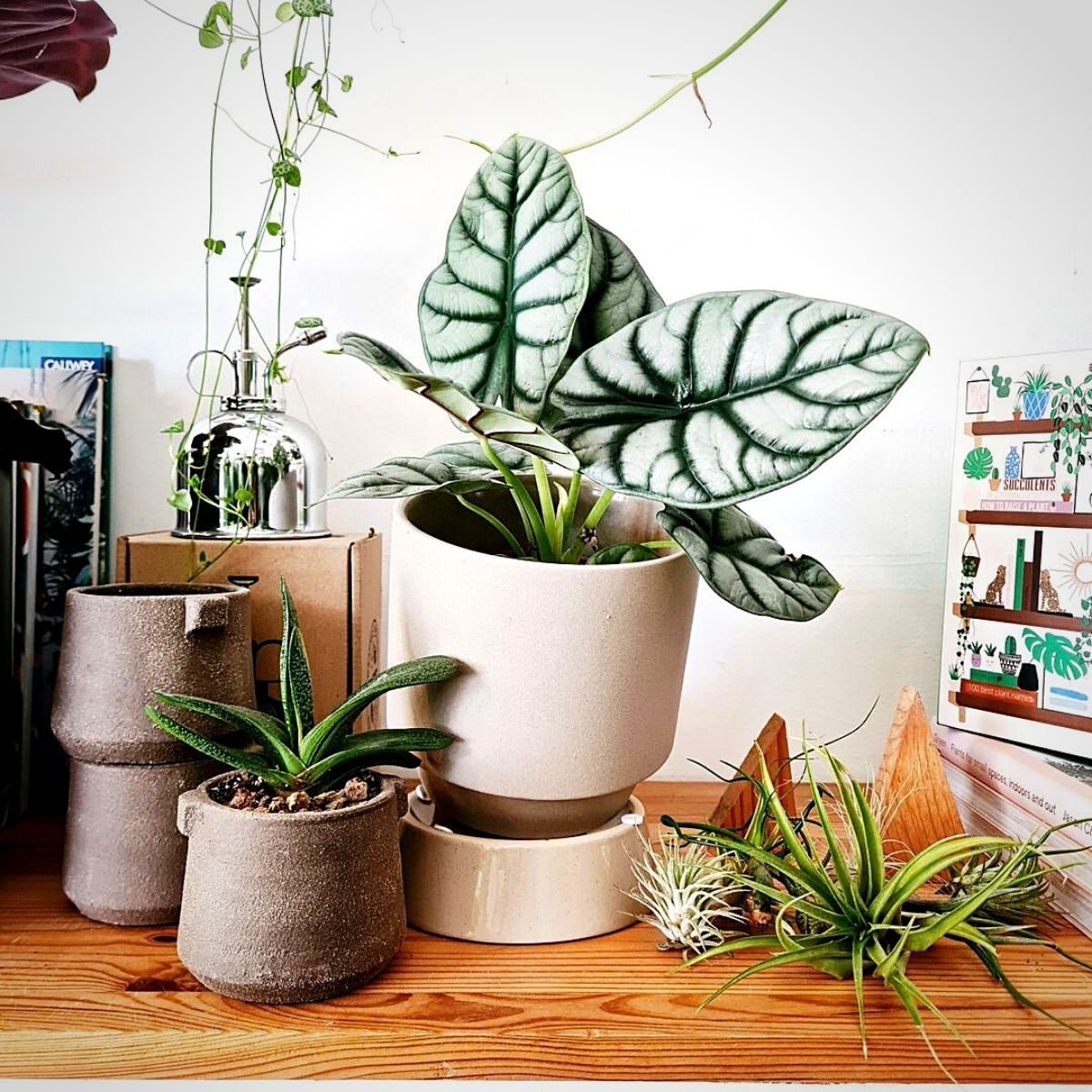Best Low-Light Indoor Plants for Creating a Relaxing and Green Environment
Best Low-Light Indoor Plants for Creating a Relaxing and Green Environment
Blog Article
Uncover the Secrets of Low-Light Indoor Plants and Exactly How They Boost Your Setting
Low-light interior plants have actually amassed enhancing interest for their one-of-a-kind ability to enhance both visual appeal and ecological top quality within offices and homes. These resilient types, consisting of the Snake Plant and Peace Lily, not only flourish in difficult illumination problems however also play a crucial function in air purification and psychological health. Comprehending the details benefits and care demands of these plants can considerably impact your living area. As we discover the ins and outs of their benefits, you might discover insights that can transform your environments in unanticipated means.
Advantages of Low-Light Indoor Plants
Although lots of people think that interior plants need bountiful sunlight to flourish, low-light interior plants provide a multitude of advantages that make them suitable for various environments. Among the primary benefits is their adaptability; they can prosper in rooms with minimal all-natural light, such as workplaces, cellars, or areas with little home windows. This feature enables individuals to improve their environments with greenery, adding to boosted aesthetics without the demand for substantial lights adjustments.
Furthermore, low-light indoor plants can substantially enhance indoor air high quality by launching and filtering system dangerous contaminants oxygen, making living spaces healthier. The visibility of plants has actually been linked to greater sensations of peace and emphasis.
Additionally, low-light plants usually require less upkeep than their sun-loving counterparts, making them optimal for active people or those new to gardening. Their resilience allows them to love marginal treatment, therefore supplying a satisfying experience for plant lovers and newbies alike. In summary, low-light indoor plants offer both aesthetic and practical purposes, making them useful additions to any type of space.
Top Low-Light Plant Selections
Low-light indoor plants come in a variety of species, each offering one-of-a-kind qualities and benefits suited for dim settings. Amongst the most popular selections is the Snake Plant (Sansevieria), understood for its building leaves and air-purifying capabilities. This durable plant thrives on disregard and can tolerate a vast array of light problems.
One more excellent choice is the ZZ Plant (Zamioculcas zamiifolia), which includes shiny, dark green leaves and is very drought-tolerant. Its versatility makes it a favored for offices and homes with minimal sunshine.
The Pothos (Epipremnum aureum) is likewise a leading competitor, with its routing creeping plants and heart-shaped leaves - Best low-light indoor plants. This flexible plant can be educated to climb up or cascade, including visual interest to any type of area

Care Tips for Low-Light Plants
Caring for low-light indoor plants needs a nuanced understanding of their details demands to ensure optimal growth and vigor. It is essential to pick the right potting mix, as a well-draining soil is crucial to avoid root rot. A blend designed for houseplants, browse this site typically having peat moss and perlite, functions well for the majority of low-light selections.
Watering is another vital element of treatment. Low-light plants generally need much less regular watering compared to their sun-loving counterparts.
Fertilization ought to be come close to with caution. During the growing season, a watered down fluid fertilizer can Discover More Here be used monthly, but in winter months, many low-light plants enter dormancy and need little to no fertilization.
Last but not least, it's important to occasionally clean up the leaves to remove dust, allowing for much better light absorption. By adhering to these treatment ideas, you can grow a thriving environment for your low-light interior plants, improving both their look and durability.
Enhancing Air Quality With Plants
Indoor plants play a significant duty in improving air top quality within homes and workplace spaces. Through the process of photosynthesis, these plants absorb co2 and release oxygen, adding to a much healthier atmosphere. Additionally, certain low-light indoor plants have the ability to filter hazardous contaminants, such as trichloroethylene, formaldehyde, and benzene, which are commonly found in indoor environments.

Furthermore, the visibility of interior plants can enhance moisture levels, which assists alleviate completely dry skin and respiratory system issues, better boosting overall well-being. This capability to boost air quality not just promotes physical health and wellness but likewise sustains psychological wellness.
Including low-light indoor plants into your living and working areas can result in an extra invigorating and vivid atmosphere (Best low-light indoor plants). Purchasing these natural air purifiers is a simple yet reliable technique for boosting indoor air high quality and promoting a healthier lifestyle
Developing a Tranquil Indoor Space
The assimilation of plants right into living rooms not only boosts air top quality yet also adds to a peaceful environment. Low-light interior plants, such as snake plants and pothos, are specifically effective in developing a peaceful environment, as they grow in conditions that might or else be inhospitable for various other greenery. Their lavish foliage supplies a calming visual, decreasing tension and advertising leisure.
Integrating these plants right into your home or workplace can evoke a sense of peace and health. Purposefully positioning Get the facts them in areas where you spend significant time, such as living work areas or spaces, permits for an immersive experience with nature, which has been shown to enhance mood and cognitive function.
Additionally, the gentle movement of leaves in reaction to air flow can create a dynamic visual aspect that boosts the overall setting. Take into consideration utilizing a selection of plant heights and structures to add depth and rate of interest to your space. With thoughtful placement and care, low-light interior plants can change any kind of area right into a serene shelter, fostering not just visual complete satisfaction however psychological and also emotional health.

Conclusion
Incorporating low-light indoor plants right into numerous environments yields substantial benefits, consisting of boosted air high quality and boosted aesthetic appeal. These sturdy species not just grow in marginal light however likewise add to a relaxing atmosphere, advertising emotional and emotional wellness. By choosing proper selections and applying appropriate care strategies, individuals can successfully grow a tranquil interior area that fosters health and productivity. The transformative power of low-light plants underscores their worth in improving both residential and work setups.
Although many individuals presume that interior plants call for abundant sunshine to grow, low-light interior plants offer a wide variety of benefits that make them ideal for different atmospheres.Moreover, low-light indoor plants can considerably boost interior air quality by releasing and filtering harmful toxic substances oxygen, making living spaces healthier. Additionally, specific low-light interior plants have the capacity to filter unsafe toxins, such as benzene, trichloroethylene, and formaldehyde, which are typically discovered in interior atmospheres.
Low-light indoor plants, such as snake plants and pothos, are especially effective in creating a calm environment, as they grow in problems that might or else be unwelcoming for other greenery.Incorporating low-light interior plants into various settings yields considerable advantages, including enhanced air quality and improved aesthetic allure.
Report this page